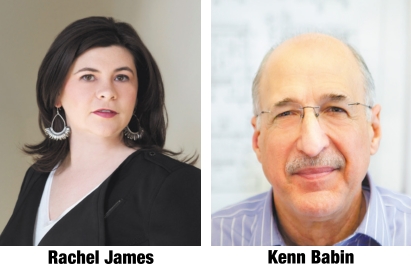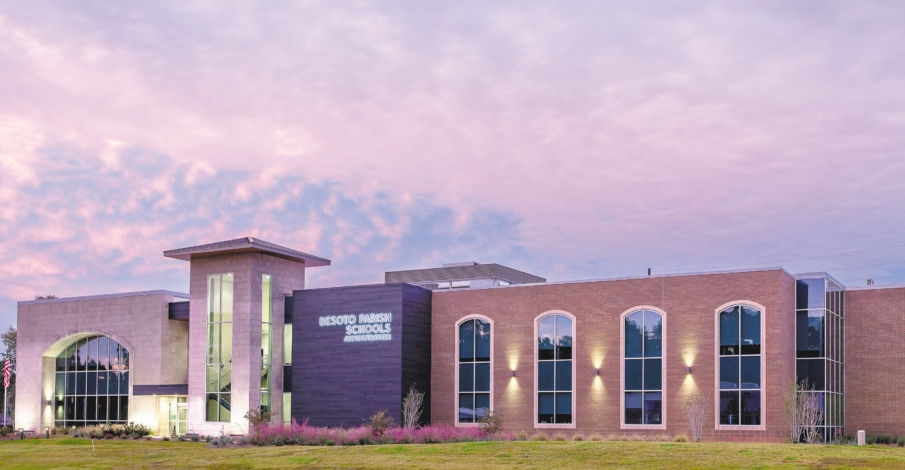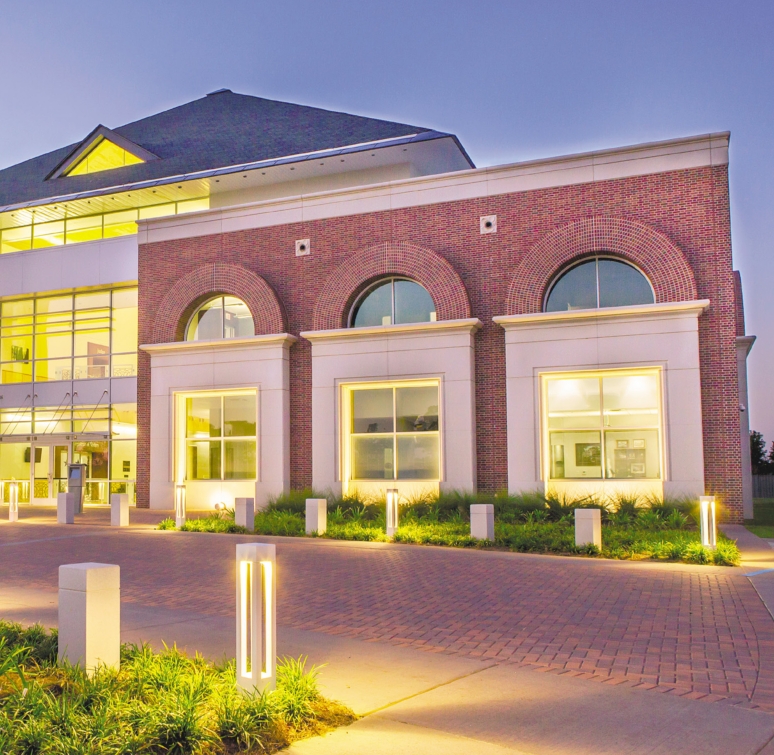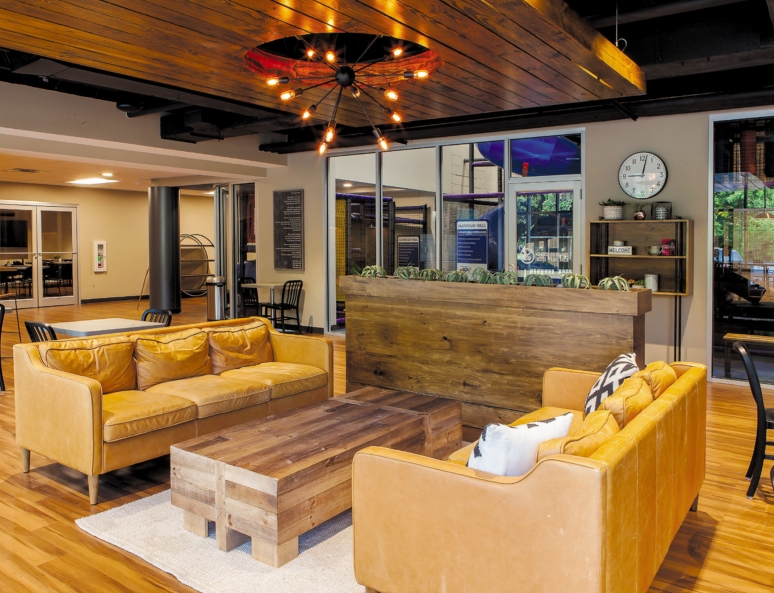SBB Architects Evolves Over Time

Firm strives to exceed clients’ expectations
Ninety years is a long time, especially for a business. But this year, what began as William B. Wiener & Associates in 1934 and is now SBB Architects (Sutton, Beebe & Babin) celebrates nine decades of success in designing and building for its clients.
“We’ve had a rich history over the decades, but along with that rich history, you’ve got to learn to innovate and evolve with the times,” said SBB partner Rachel James. “Changes in architecture, changes in clients, changes in construction. Just being able to adapt has been the biggest thing.”
Kenn Babin, also an SBB partner, doesn’t believe there’s just one reason, or even two reasons, the company has lasted — and thrived. He credits three things:
Diversification: “We do a lot of different kinds of building types. I tell people we’ve done everything from a birthing room at a hospital where you come into the world to a cemetery where you leave the world. Everything in between, we’ve touched or done over the course of time.”
Innovation: “People look to architects as designers. We are really problem-solvers. We take people’s needs and wants and budgets, and a lot of different factors, and we try to take all that chaos and pull it together into something that makes sense. We basically solve the problem through a building design that services the client.”
Listen: “We try to be responsive and reactive to the client. It’s been a philosophy as long as I’ve been around (since 1985), and I’m sure it was in the beginning. … I tell people when they come in, especially newer people who we may be acquainted with but have not worked with before, that it’s a short marriage. You have to get into each other’s heads pretty well. You really have a lot of questions to ask. You have a lot of communication that goes back and forth so that you’re interpreting what their dream is — what their vision is.”To that end, while SBB welcomes new business, it focuses on earning repeat business.

“We really don’t chase projects,” Babin said. “We cultivate clients. We like to work with the same people over and over if we can. We really try, if we can, to exceed our clients’ expectations so that they’ve got some value aside from the talent we have for designing a building or renovating a building, so they have a level of trust. If they come back, it’s because they know we’re going to do what they need us to do, and we’re going to do it to the best of our ability.”
When thinking about architecture, it’s not uncommon to concentrate on how the finished product will look. But James believes there’s something more important than beauty.
“If it doesn’t function, it doesn’t matter how beautiful it is. It has to be usable, but you want to respond to the aesthetic approach of the project. Each client wants something different aesthetically. You’ve got to drill down, and sometimes it takes many processes — many iterations. Sometimes architects will design to meet their ego, but that may not be what the client finds attractive.”
And sometimes, less is more.
“Simple is the taste I would lean to, as opposed to more elaborate,” Babin said. “You have traditional that’s simplistic. You can have modern that’s simplistic. You can have things in between — transitional. But it’s more about the function of the building and the layout and design.”
One reason clients have used — and continue to use — SBB is the firm’s knowledge of things of which the client isn’t aware.
“We are here to help people get what they need, and part of the need is protecting public safety,” Babin said. “We are licensed in multiple states to protect life safety and public safety. People who just want to build something, they don’t know the codes. They don’t know what they need to know. Doing even a small project, codes are involved. Therefore, we are the resource they come to, to vet through all the codes and make sure what they are going to build is approved and safe for the public and themselves to use.”

When you’ve been in business for 90 years, you’ve seen things change. In architecture, technology has been one of the biggest changes.
“In the beginning of time, we drew (with) pencil on paper,” Babin remembered. “Then, there was a system called overlay drawing, where you drew on multiple layers of see-through plastic so you could see one thing over the other. Then there was the computer, which brought in CAD drawings. Now, CAD drawings have morphed into building information modeling, which puts the building in three-dimensional aspects so you can see and show people what things are going to look like in a rather quick fashion.”
In fact, SBB was one of the leaders in using advanced technology.

SBB Architects has designed everything from hospital birthing rooms to cemeteries and everything in between.

“Our firm was the first firm in this whole area, over 20 years ago, to start using 3D software to draw and design our projects,” James said. “We can take clients on full walk-throughs of their projects during sign. A lot of people cannot visualize they can’t visualize what they’re seeing a 2D line drawing. With just a click o button, they can feel like they’re stand in their new space or standing on the o side of their building and walking arou it. It gives them a sense of scale and s that they’re not able to perceive on a pi of paper.”
With 90 years of success, it would easy for SBB Architects to be satisfied. B that doesn’t fit Babin’s plan for the futur
“Continuing our legacy for many cades to come, by continuing to serve clients through innovation in technolo and design. We are always looking forwa but not forgetting where we have been.”
To learn more about SBB Architects, y may visit sbbarchitects.com.
